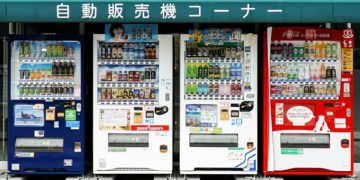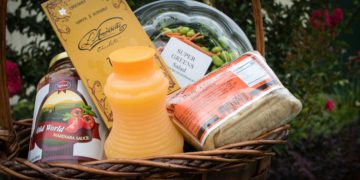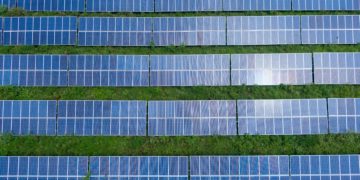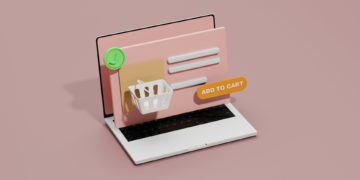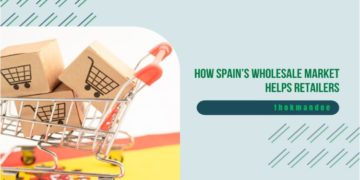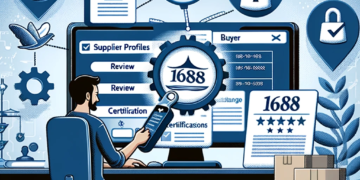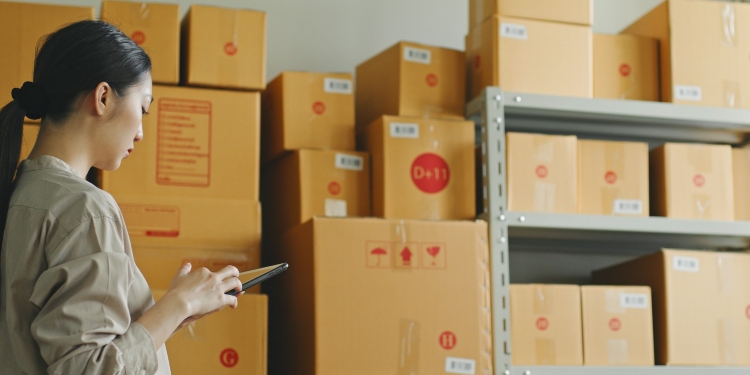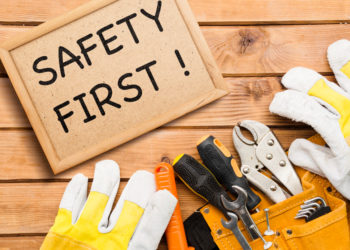In an era where sustainability and cost-efficiency are crucial, budget-conscious brands are increasingly turning to eco-friendly cardboard boxes as a viable packaging solution. Not only do these boxes help reduce environmental impact, but they also offer a cost-effective way to package and ship products. This article explores the benefits, types, and best practices for using eco-friendly cardboard boxes, helping brands make informed decisions that align with both their budget and sustainability goals.
Why Choose Eco-Friendly Cardboard Boxes?
Eco-friendly cardboard boxes are made from recycled materials or sustainable sources, significantly reducing the carbon footprint associated with packaging. Unlike traditional packaging, which often relies on plastics and non-renewable materials, sustainable cardboard options are biodegradable and recyclable. For budget-conscious brands, this is a double win—reduced environmental impact and minimized costs in production and disposal.
Furthermore, with increasing consumer awareness around sustainability, brands that opt for eco-friendly packaging often experience a boost in brand loyalty and perception. Studies indicate that modern consumers are more likely to support brands that prioritize environmental responsibility, giving companies an edge in competitive markets.
Cost Benefits of Eco-Friendly Cardboard Boxes
One of the common misconceptions about sustainable packaging is that it’s more expensive than its non-eco-friendly counterparts. In reality, eco-friendly cardboard boxes can be highly cost-effective, especially when purchased in bulk. Recycled cardboard is generally cheaper to produce because it uses less energy and raw materials compared to virgin cardboard production. Additionally, eco-friendly options can be designed to be lighter and more compact, which reduces shipping costs.
Moreover, sustainable packaging often qualifies brands for tax incentives and rebates in certain regions, further offsetting costs. For budget-conscious brands, these savings can be significant, especially when considering long-term packaging strategies.
Types of Eco-Friendly Cardboard Boxes
- Recycled Cardboard Boxes – Made from post-consumer and post-industrial waste, these boxes are durable and eco-friendly.
- Biodegradable Cardboard Boxes – Designed to decompose naturally, these boxes leave minimal environmental impact.
- Corrugated Cardboard Boxes – Ideal for shipping, these boxes are lightweight yet sturdy, with options for recycled content.
- Custom Eco-Friendly Boxes – Brands can design their own eco-friendly boxes tailored to their products while maintaining sustainable practices.
Each type serves different purposes, and brands can choose based on their specific packaging needs and budget constraints.
How to Source Low-Cost Eco-Friendly Cardboard Boxes
To find the best deals on low-cost packaging, brands should consider bulk purchasing from reputable suppliers. Many suppliers offer discounts for large orders, and it’s possible to negotiate better rates when committing to regular shipments.
Another strategy is to explore local manufacturers who specialize in sustainable packaging. Local sourcing not only reduces transportation costs but also supports local economies. Additionally, some manufacturers provide custom design options that minimize material waste, further cutting down on costs.
Best Practices for Using Eco-Friendly Cardboard Boxes
- Right-Sizing Your Packaging: Avoid overpacking by choosing the right size for your products. This reduces material usage and shipping costs.
- Efficient Design: Opt for designs that require less tape and filler material. Simple flaps and self-locking mechanisms can reduce the need for additional supplies.
- Bulk Purchasing: As mentioned, buying in bulk significantly reduces the per-unit cost.
- Reusing and Recycling: Encourage customers to recycle or reuse the boxes to extend their life cycle and reduce environmental impact.
- Clear Labeling: Clearly mark your packaging as recyclable to guide consumers on proper disposal.
Final Thoughts
Eco-friendly cardboard boxes are not just a sustainable choice—they are also a cost-effective one for budget-conscious brands. By opting for recycled, biodegradable, or locally sourced cardboard packaging, companies can significantly reduce their environmental footprint while keeping costs in check. With smart sourcing and sustainable practices, brands can align their financial goals with their commitment to the environment, strengthening their reputation and customer loyalty.
For companies looking to make a positive impact while maintaining budget efficiency, eco-friendly cardboard boxes are the clear choice for sustainable growth.
David Prior
David Prior is the editor of Today News, responsible for the overall editorial strategy. He is an NCTJ-qualified journalist with over 20 years’ experience, and is also editor of the award-winning hyperlocal news title Altrincham Today. His LinkedIn profile is here.










